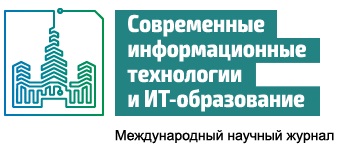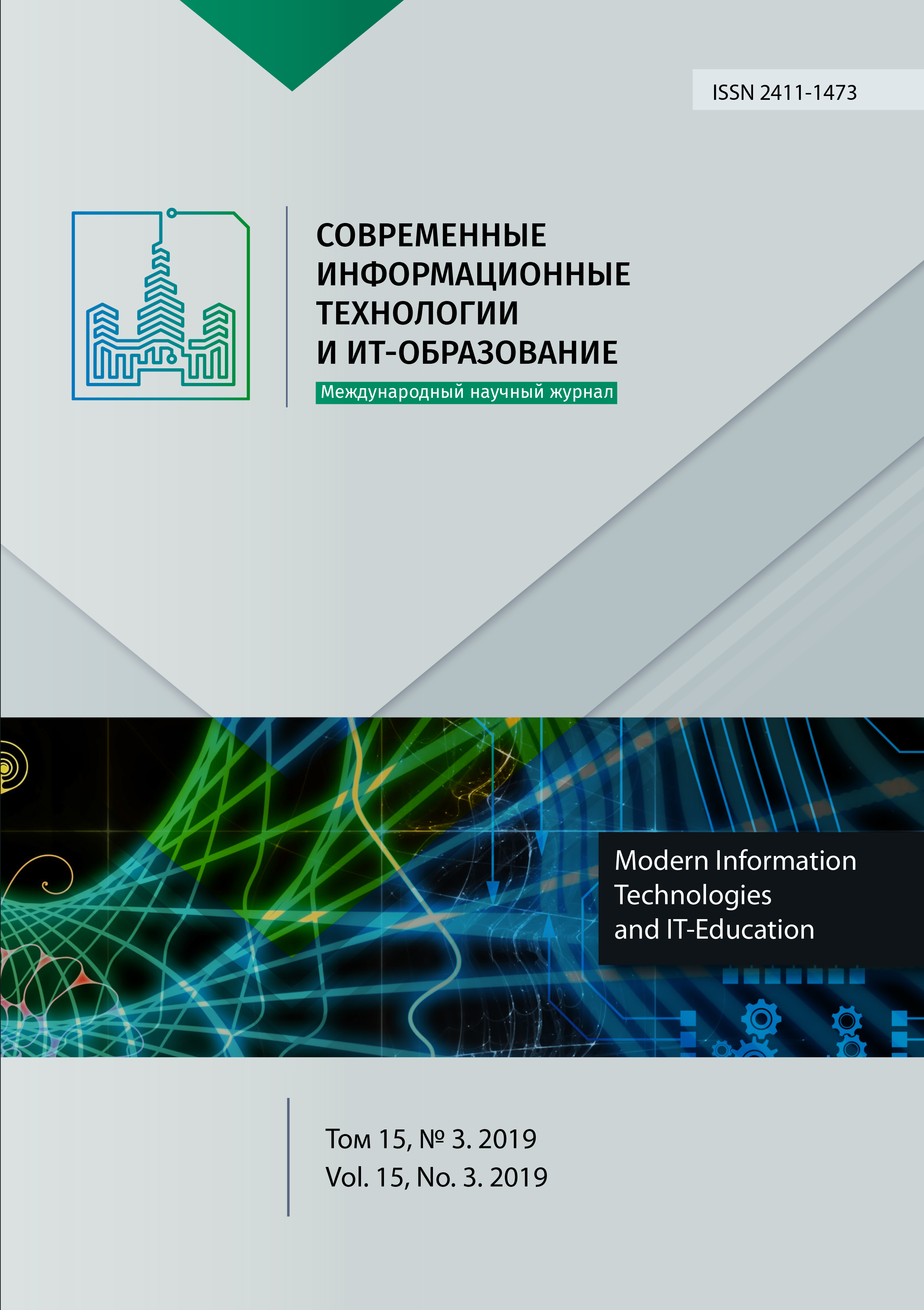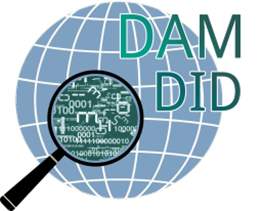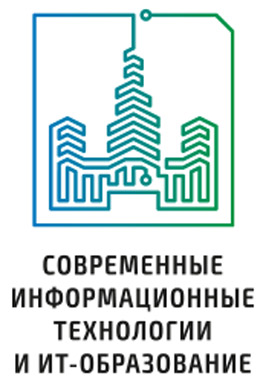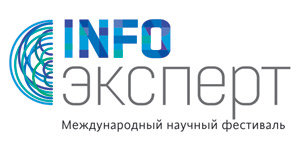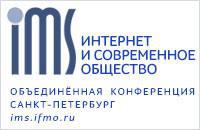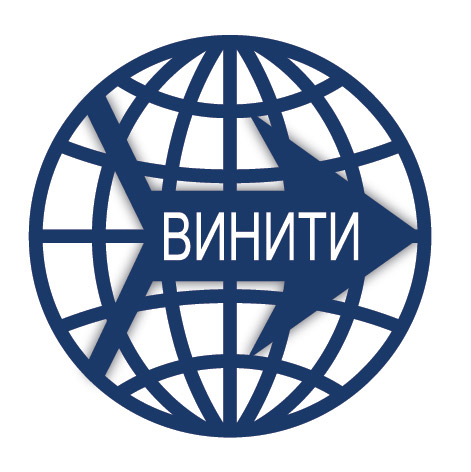Программный комплекс для исследования устойчивости дискретных динамических систем с запаздыванием
Аннотация
Поведение широкого класса систем с сосредоточенными параметрами может быть описано с помощью обыкновенных дифференциальных уравнений. Во многих процессах, изучаемых в экологии, экономике, физике, технике, медицине и т.д. ключевую роль играют эффекты запаздывания. Для исследования таких процессов приходится применять современные информационные технологии.
В статье представлен программный комплекс, написанный на языке C# (операционная система Microsoft Windows), позволяющий автоматизировать процесс исследования устойчивости системы с тремя степенями свободы с запаздыванием. Такие системы часто встречаются на практике (либо к ним можно привести системы большей размерности подходящим упрощением модели) и поэтому рассмотренная модель с результатами анализа может быть использована для исследования других практически значимых динамических систем.
В качестве примера использования программного комплекса для исследования устойчивости системы с тремя степенями свободы, в которой проявляется эффект запаздывания, рассматривается задача о самовозбуждении колебаний системы электрододержателей (ЭД) дуговой сталеплавильной печи. Эквивалентная механическая модель представляет собой три ЭД, моделируемые твердыми телами, совершающими малые крутильные колебания. Самовозбуждение колебаний возникает за счет взаимного влияния электродинамических сил, действующих между электродами, и упругими силами конструкции. Идеализированная математическая модель колебаний трех ЭД представляет собой систему обыкновенных дифференциальных уравнений 6-го порядка с запаздыванием. С помощью программного комплекса построены кривые D–разбиения и получены области устойчивости при различных значениях параметров модели. Результаты исследования представлены в виде рисунков и таблиц.
Так как для системы с тремя степенями свободы математический аппарат остается ещё достаточно простым, то материал, представленный в статье, можно использовать в образовательном процессе при подготовке специалистов по прикладной математике.
Литература
[2] Kolesov A.Yu., Kolesov Yu.S. Relaxational oscillations in mathematical models of ecology. Trudy Matematicheskogo Instituta imeni V.A. Steklova = Proceedings of the Steklov Institute of Mathematics. 1995; 199:1-126. Available at: http://www.mathnet.ru/php/archive.phtml?wshow=paper&jrnid=tm&paperid=1373&option_lang=rus (accessed 17.06.2019). (In Eng.)
[3] Neimark Yu. I. Mathematical Models in Natural Science and Engineering. Springer, Berlin, Heidelberg, 2003. (In Eng.) DOI: 10.1007/978-3-540-47878-2
[4] Glushkov V.M., Ivanov V.V., Yanenko V.M. Modelirovanie razvivayushchihsya sistem [Modeling of Developing Systems]. Nauka, Moscow, 1983. (In Russ.)
[5] Prasolov A.V. Dinamicheskie modeli s zapazdyvaniem i ih prilozheniya v ekonomike i inzhenerii [Dynamic models with delay and their applications in Economics and engineering]. DOE publishing house, SPb., 2010. (In Russ.)
[6] Gorodetsky Yu.I. Creation of mathematical models of complex oscillatory systems in the machine tool industry. In: Trapeznikov V.A. (ed.) Avtomatizaciya proektirovaniya. Mashinostroenie, Moscow, 1986: 1:203-220. (In Russ.)
[7] Krasilnikov A.Ya., Kravchenko K.Yu. Analytical Approaches For Stability Analysis Of Milling Process As A Delay System. SPRAVOCHNIK. Inzhenernyi zhurnal = HANDBOOK. An Engineering journal with appendix. 2013; 9(198):23-31. Available at: https://elibrary.ru/item.asp?id=20220829 (accessed 17.06.2019). (In Russ., abstract in Eng.)
[8] Sridhar R., Hohn R. E., Long G. W. A General Formulation of Milling Process Equation: Contribution to Machine Tool Chatter Research. Journal of Manufacturing Science and Engineering. 1968; 90(2):317-324. (In Eng.) DOI: 10.1115/1.3604635
[9] Niculescu S.-I. Delay Effects on Stability: A Robust Control Approach. LNCIS, vol. 269. Springer, Heidelberg, 2001. (In Eng.) DOI: 10.1007/1-84628-553-4
[10] Richard J.-P. Time-delay systems: an overview of some recept advances and open problems. Automatica. 2003; 39(10):1667-1694. (In Eng.) DOI: 10.1016/S0005-1098(03)00167-5
[11] Kharitonov V.L. Time-Delay Systems: Lyapunov Functionals and Matrices. Birkhäuser Basel, 2013. 311 p. (In Eng.) DOI: 10.1007/978-0-8176-8367-2
[12] Michiels W., Niculescu S.-I. Stability and Stabilization of Time-Delay Systems. An Eigenvalue-Based Approach. SIAM, Philadelphia, 2007. 400 p. (In Eng.)
[13] Zaika Yu.V. Interval estimates of functionals in time-delay systems with uncertainty. International Journal of Mathematics and Mathematical Sciences. 2003; 2003(270496):3573-3590. (In Eng.) DOI: 10.1155/S0161171203203264
[14] Ochoa G., Kharitonov V.L., Mondie S. Critical frequencies and parameters for linear delay systems: A Lyapunov matrix approach. Systems & Control Letters. 2013; 62(9):781-790. (In Eng.) DOI: 10.1016/j.sysconle.2013.05.010
[15] Day W.A. The Thermodynamics of Simple Materials with Fading Memory. Springer Tracts in Natural Philosophy, vol. 22. Springer-Verlag Berlin Heidelberg, 1972. (In Eng.) DOI: 10.1007/978-3-642-65318-6
[16] Zubov V.I. Analiticheskaya dinamika sistemy [Analytical Dynamics of System of Bodies]. Leningrad Univ., Leningrad, 1983. (In Russ.)
[17] Rabotnov Yu.N. Elementy nasledstvennoj mekhaniki tverdyh tel [Elements of hereditary mechanics of solid bodies]. Nauka, Moscow, 1977. (In Russ.)
[18] Li C.P., Sun W.G., Kurths J. Synchronization of complex dynamical networks with time delays. Physica A: Statistical Mechanics and its Applications. 2006; 361(1):24-34. (In Eng.) DOI: 10.1016/j.physa.2005.07.007
[19] Esir P.M., Gordleeva S.Y., Simonov A.Y., Pisarchik A.N., Kazantsev V.B. Conduction delays can enhance formation of up and down states in spiking neuronal networks. Physical Review E. 2018; 98(5):052401. (In Eng.) DOI: 10.1103/PhysRevE.98.052401
[20] Marchuk G.I. Matematicheskie modeli v immunologii. Vychislitel'nye metody i eksperimenty [Mathematical Models in Immunology. Computational Methods and Experiments]. Nauka, Moscow, 1991. (In Russ.)
[21] Kuzenkov O., Morozov A. Towards the Construction of a Mathematically Rigorous Framework for the Modelling of Evolutionary Fitness. Bulletin of Mathematical Biology. 2019; 81(11):4675-4700. (In Eng.) DOI: 10.1007/s11538-019-00602-3
[22] Zakharova I., Kuzenkov O., Soldatenko I., Yazenin A., Novikova S., Medvedeva S., Chukhnov A. Using SEFI framework for modernization of requirements system for mathematical education in Russia. In: Proceedings of the 44th SEFI Annual Conference 2016 - Engineering Education on Top of the World: Industry University Cooperation (SEFI 2016). 12 - 15 September 2016, Tampere, Finland. 15 p. Available at: http://sefibenvwh.cluster023.hosting.ovh.net/wp-content/uploads/2017/09/zakharova-using-sefi-framework-for-modernization-of-requirements-system-for-mathematical-education-155.pdf (accessed 17.06.2019). (In Eng.)
[23] Soldatenko I., Kuzenkov O., Zakharova I., Balandin D., Biryukov R., Kuzenkova G., Yazenin A., Novikova S. Modernization of math-related courses in engineering education in Russia based on best practices in European and Russian universities. In: Proceedings of the 44th SEFI Annual Conference 2016 - Engineering Education on Top of the World: Industry University Cooperation (SEFI 2016). 12-15 September 2016, Tampere, Finland. 16 p. Available at: http://sefibenvwh.cluster023.hosting.ovh.net/wp-content/uploads/2017/09/soldatenko-modernization-of-math-related-courses-in-engineering-education-in-russia-based-133.pdf (accessed 17.06.2019). (In Eng.)
[24] Bedny A., Erushkina L., Kuzenkov O. Modernising educational programmes in ICT based on the Tuning methodology. Tuning Journal for Higher Education. 2014; 1(2):387-404. (In Eng.) DOI: 10.18543/tjhe-1(2)-2014pp387-404
[25] Neimark Y.I. Dinamicheskie sistemy i upravlyaemye processy [Dynamic systems and controllable processes]. Nauka, Moscow, 1978. (In Russ.)
[26] Grezina A.V. Mathematical Modelling of the Steel Melting Arc Furnaces Electrode Holders System Dynamics. Vestnik Saratov state technical university. 2004; 4(1):5-10. Available at: https://elibrary.ru/item.asp?id=18215545 (accessed 17.06.2019). (In Russ., abstract in Eng.)

Это произведение доступно по лицензии Creative Commons «Attribution» («Атрибуция») 4.0 Всемирная.
Редакционная политика журнала основывается на традиционных этических принципах российской научной периодики и строится с учетом этических норм работы редакторов и издателей, закрепленных в Кодексе поведения и руководящих принципах наилучшей практики для редактора журнала (Code of Conduct and Best Practice Guidelines for Journal Editors) и Кодексе поведения для издателя журнала (Code of Conduct for Journal Publishers), разработанных Комитетом по публикационной этике - Committee on Publication Ethics (COPE). В процессе издательской деятельности редколлегия журнала руководствуется международными правилами охраны авторского права, нормами действующего законодательства РФ, международными издательскими стандартами и обязательной ссылке на первоисточник.
Журнал позволяет авторам сохранять авторское право без ограничений. Журнал позволяет авторам сохранить права на публикацию без ограничений.
Издательская политика в области авторского права и архивирования определяются «зеленым цветом» в базе данных SHERPA/RoMEO.
Все статьи распространяются на условиях лицензии Creative Commons «Attribution» («Атрибуция») 4.0 Всемирная, которая позволяет другим использовать, распространять, дополнять эту работу с обязательной ссылкой на оригинальную работу и публикацию в этом журналe.
